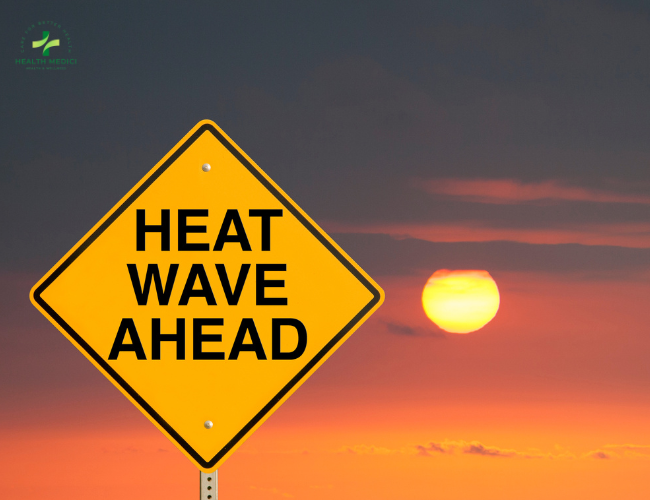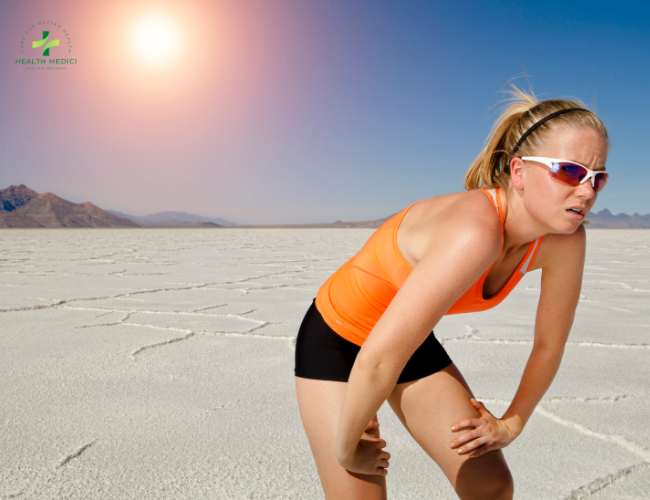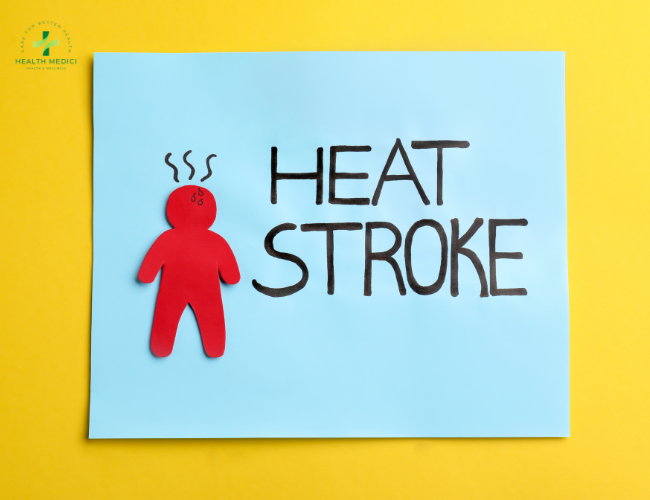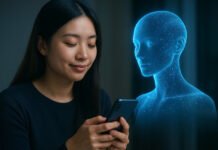Understanding the differences between these two conditions and knowing how to prevent them can be crucial for your well-being and that of others around you.

As the sweltering heat of summer arrives, it’s essential to be aware of the potential dangers of heat-related illnesses. Heatstroke and heat exhaustion are two severe conditions that can result from prolonged exposure to high temperatures or strenuous physical activity in hot environments.
Heat Exhaustion

Heat exhaustion is a heat-related illness that occurs when the body becomes dehydrated and experiences an imbalance of electrolytes due to excessive sweating. This typically happens in hot and humid conditions when the body’s cooling mechanisms are working overtime to regulate its temperature.
Symptoms of Heat Exhaustion
- Heavy sweating
- Weakness and fatigue
- Dizziness or lightheadedness
- Headache
- Nausea or vomiting
- Fast heartbeat
- Cool, clammy skin
- Muscle cramps or spasms
- Body Temperature
The body temperature in heat exhaustion is typically elevated but remains below 104°F (40°C).
- Mental State
While individuals with heat exhaustion may feel fatigued and disoriented, their mental state is usually unaffected.
Treatment and Prevention of Heat Exhaustion
- Move the affected person to a cooler, shaded area.
- Provide cool water or oral rehydration solutions to help rehydrate and rebalance electrolytes.
- Encourage rest and allow the individual to cool down.
- Avoid alcohol and caffeine, as they can contribute to dehydration.
- Wear lightweight, breathable clothing and take regular breaks in the shade during hot weather.
- Stay well-hydrated, drinking water regularly even if you don’t feel thirsty.
Heatstroke

Heatstroke is a far more severe heat-related condition and is considered a medical emergency. It occurs when the body’s core temperature rises to dangerously high levels (usually above 104°F or 40°C), and the body’s cooling mechanisms fail to function properly.
Symptoms of Heatstroke
- Extremely high body temperature (above 104°F or 40°C)
- Altered mental state or behavior (confusion, agitation, delirium)
- Rapid and shallow breathing
- Rapid heart rate
- Dry, hot skin (no longer sweating)
- Severe headache
- Loss of consciousness or seizures
- Body Temperature
Heatstroke is characterized by a significantly elevated body temperature.
- Mental State
Heatstroke often leads to confusion, altered mental state, or even loss of consciousness.
Treatment and Prevention of Heatstroke
- Call emergency services immediately if you suspect someone is experiencing heatstroke.
- Move the person to a cooler area and remove excess clothing.
- Rapidly cool the individual using cold water immersion or ice packs while waiting for medical help.
- Do not provide fluids to drink if the person is unconscious or semiconscious.
- Prevent heatstroke by staying hydrated, avoiding strenuous activities during the hottest parts of the day, and taking breaks in cool environments.
- Never leave children or pets in a parked vehicle, as the temperature inside can quickly become life-threatening.
Who are the most at Risk?
While anyone can be susceptible to heat-related illnesses, certain individuals are more at risk due to various factors. Understanding these risk factors can help identify vulnerable populations and take appropriate measures to protect their health during hot weather conditions.
- Older people

Aging can diminish the body’s ability to regulate temperature effectively. Older adults often have reduced sweat production and may be less aware of thirst, making them more prone to dehydration and heat-related illnesses.
- Young children
Children, especially infants and toddlers, have a higher surface area-to-body mass ratio, which means they absorb and retain heat more quickly. They may also have difficulty expressing when they feel too hot or thirsty, increasing their risk of heat-related problems.
- People with chronic medical conditions
Individuals with certain pre-existing health conditions, such as heart disease, respiratory issues, diabetes, and obesity, are at greater risk of heat-related illnesses. These conditions can impair the body’s ability to regulate temperature and respond to heat stress effectively.
- Outdoor workers
Those who work in outdoor settings, such as construction workers, agricultural laborers, and athletes, are exposed to prolonged heat and physical exertion, making them more vulnerable to heat exhaustion and heatstroke.
- Individuals on certain medications
Some medications, such as diuretics, beta-blockers, antihistamines, and psychiatric drugs, can interfere with the body’s ability to cool down and increase the risk of heat-related illnesses.
- People with a history of heat-related illnesses
If someone has experienced heat exhaustion or heatstroke in the past, they are at higher risk of suffering from it again in the future.
- Those living in urban heat islands
Urban environments with limited green spaces and an abundance of concrete and asphalt can create “heat islands” where temperatures are significantly higher than in surrounding rural areas, putting residents at increased risk of heat-related illnesses.
- Individuals without access to air conditioning
People without access to air-conditioned spaces during heatwaves are more susceptible to heat-related illnesses, as they may struggle to find relief from the extreme temperatures.
To protect those who are most at risk, it’s essential to take proactive measures during hot weather conditions
- Stay hydrated
Encourage regular fluid intake, even if not feeling thirsty, particularly for the elderly and children.
- Seek shade or air-conditioned environments
Minimize outdoor activities during the hottest parts of the day and provide access to cool places for vulnerable individuals.
- Wear appropriate clothing
Loose-fitting, lightweight, and light-colored clothing can help reduce heat absorption and aid in sweat evaporation.
- Educate caregivers and family members
Ensure that those caring for at-risk individuals are aware of the signs of heat-related illnesses and know how to respond promptly.
- Monitor medications
If you or someone you know is taking medications that affect heat regulation, consult with a healthcare professional about potential risks during hot weather and take necessary precautions.
- Check on vulnerable individuals
Regularly check on elderly neighbors, young children, and those with chronic medical conditions to ensure their well-being during heat waves.
By understanding who is most at risk and taking preventive measures, we can work towards creating a safer environment during hot weather and reduce the incidence of heat-related illnesses in vulnerable populations.
Conclusion
Heatstroke and heat exhaustion are both serious heat-related illnesses, but they have distinct differences in their symptoms, body temperature, and severity. Recognizing the signs and knowing how to respond appropriately can make a life-saving difference. To prevent these conditions, stay vigilant in hot weather, prioritize hydration, and take necessary precautions to keep yourself and others safe. Always remember that when it comes to heat-related illnesses, prevention is the best cure.















